By: Sydney Vollmer, B.S., Marketing ‘17
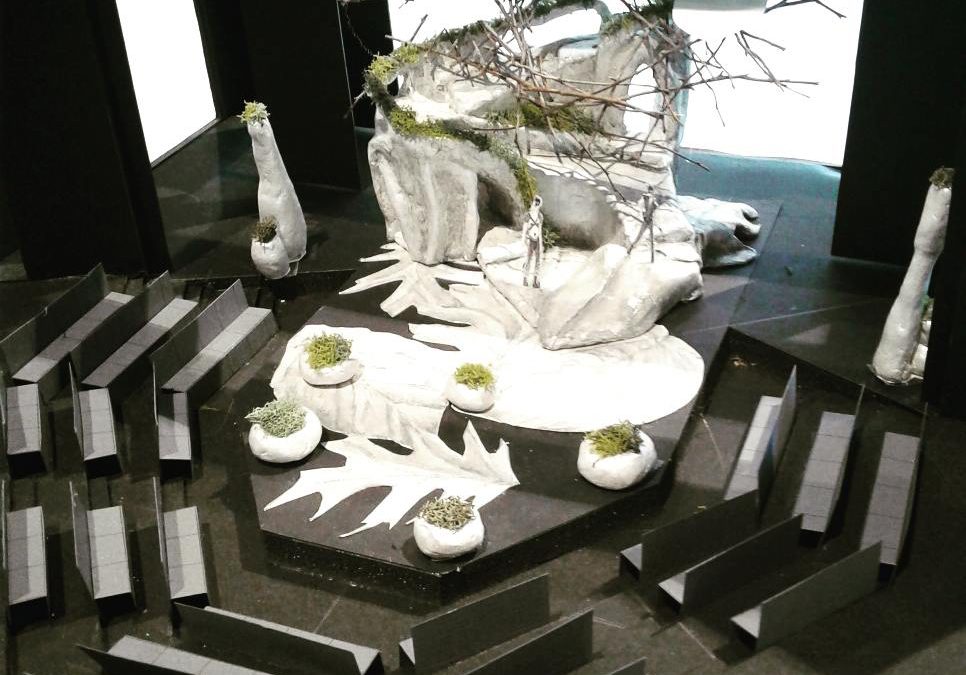 Last week, the Cincinnati Shakespeare Company said hello to their new home at the Otto M. Budig Theater with performances of A Midsummer Night’s Dream. I was fortunate enough to be invited to their Media Night on September 7, when I got a first look at the space and the show.
Last week, the Cincinnati Shakespeare Company said hello to their new home at the Otto M. Budig Theater with performances of A Midsummer Night’s Dream. I was fortunate enough to be invited to their Media Night on September 7, when I got a first look at the space and the show.
The Theater
Located at 1195 Elm Street, the new theater features a modern style of architecture one might not expect for a company boasting Shakespeare’s name. There is a large lobby area for everyone to gather before the show and during intermission and it is  peppered with Shakespeare quotes and play titles everywhere you turn, from the steps to the seating. I personally am a fan of the bathroom sinks which read, “A little water clears us of this deed” – a direct quote from Lady Macbeth. When you go to a performance, see how many you can find! Upstairs, an open room is used for classes and meetings for various presentations. During Media Night, Jeremy Dubin, Director of Creative Education, gave an informative presentation on the costuming and set design for A Midsummer Night’s Dream. Continue reading
peppered with Shakespeare quotes and play titles everywhere you turn, from the steps to the seating. I personally am a fan of the bathroom sinks which read, “A little water clears us of this deed” – a direct quote from Lady Macbeth. When you go to a performance, see how many you can find! Upstairs, an open room is used for classes and meetings for various presentations. During Media Night, Jeremy Dubin, Director of Creative Education, gave an informative presentation on the costuming and set design for A Midsummer Night’s Dream. Continue reading

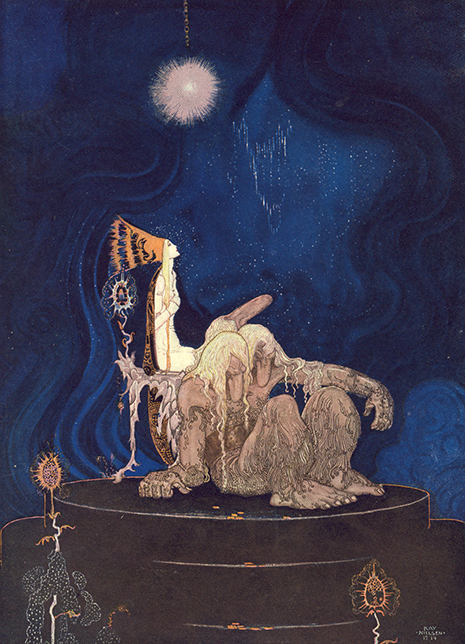
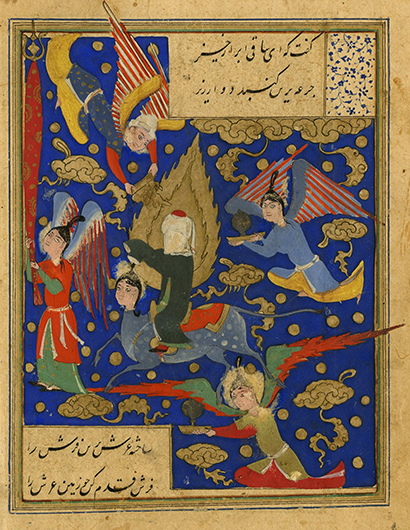

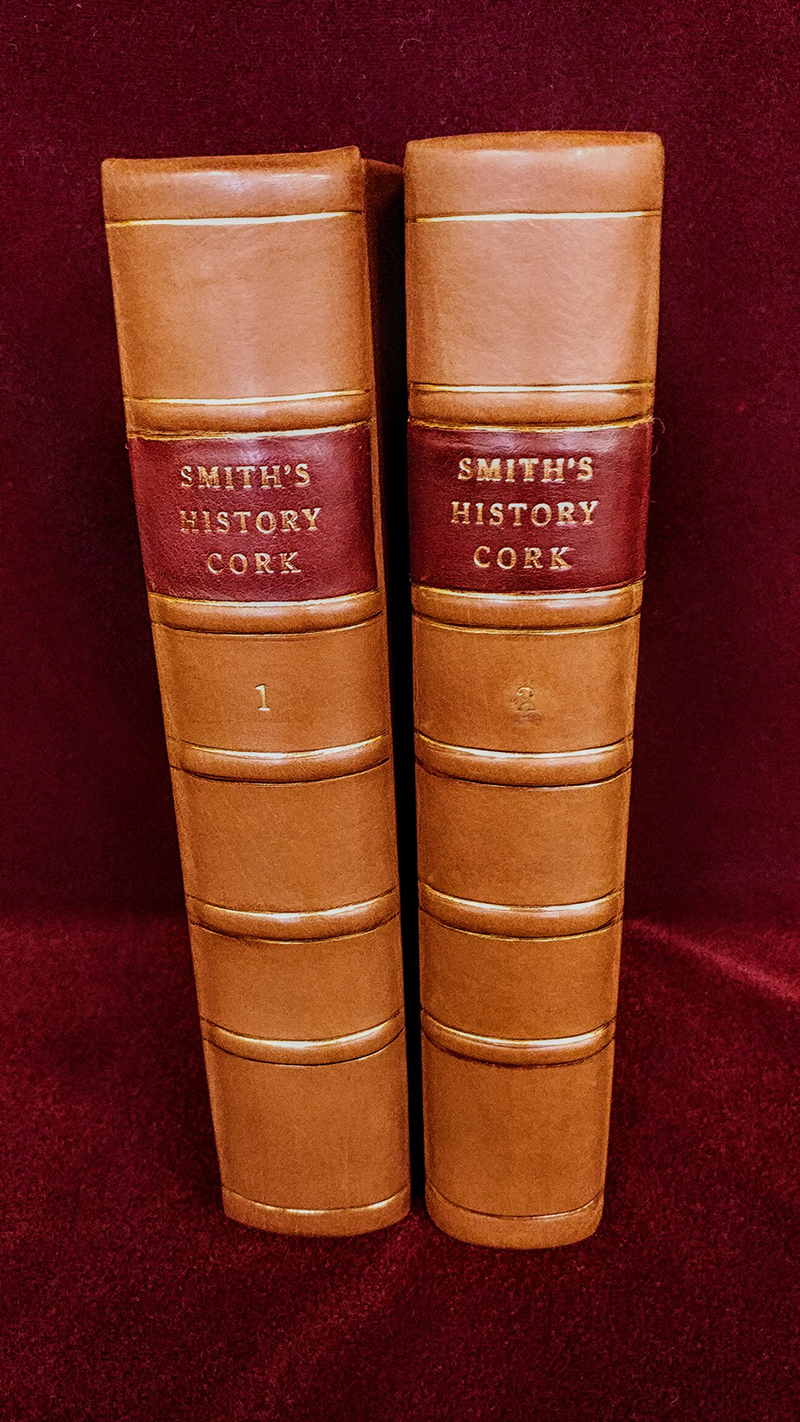
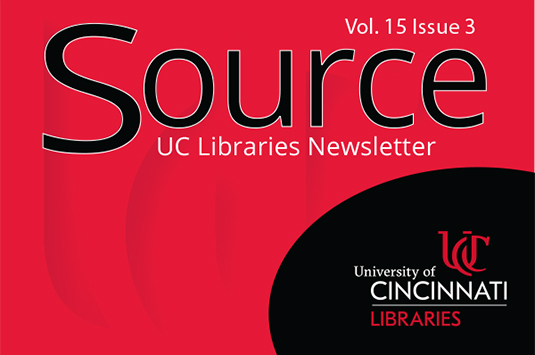
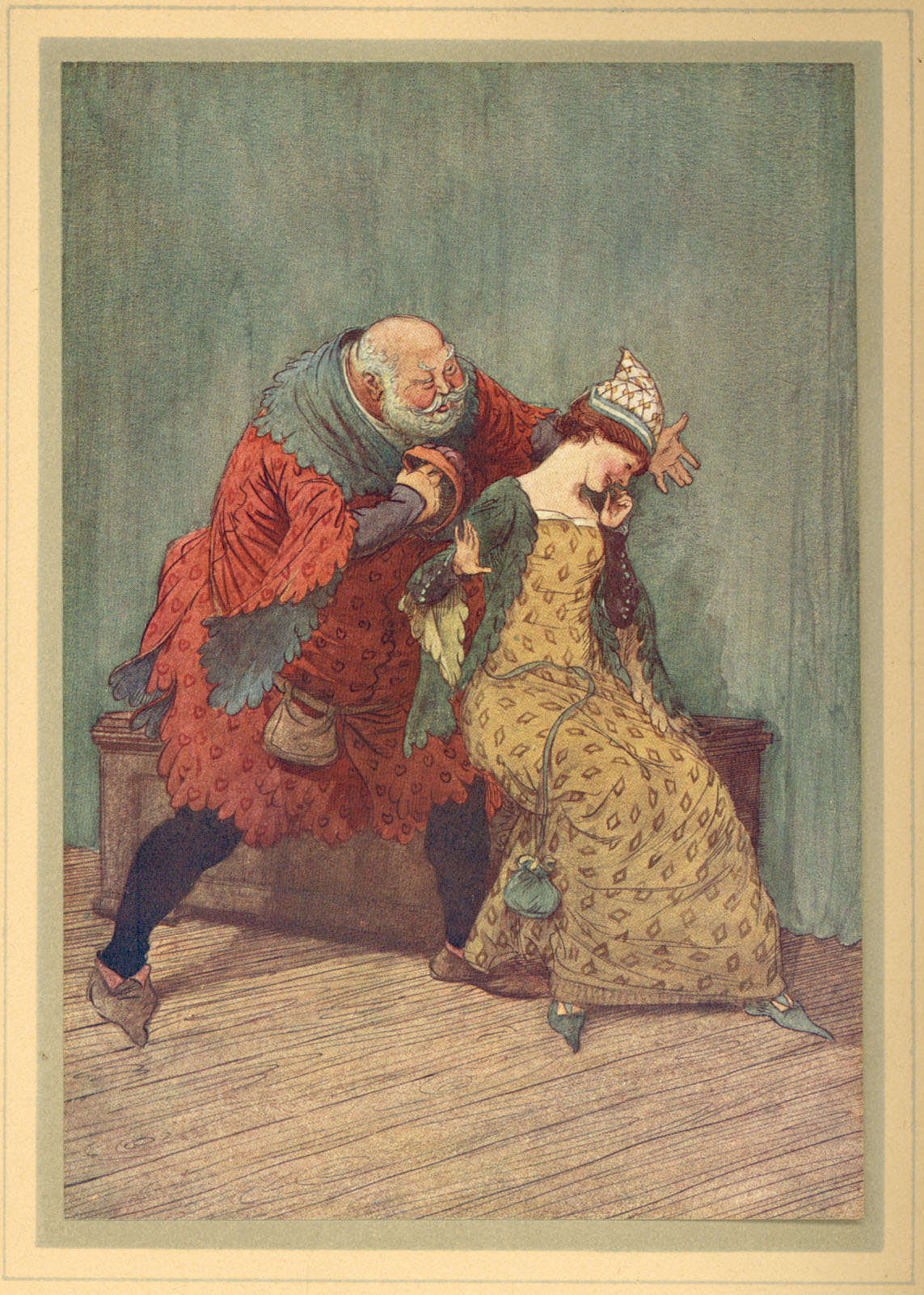 In my previous blog I mentioned that the Cincinnati Shakespeare Company would be putting on free productions of Merry Wives of Windsor this summer as part of its Shakespeare in the Park series. If you’ve read the play or seen the show, you know a main plot point is about Sir John Falstaff and how he tries to seduce Mistress Page and her best friend, Mistress Ford—at the same time. Both women, faithful to their husbands, decide to create quite the fool out of Falstaff by feigning interest and arranging secret meetings between Falstaff and Mistress Ford. Those meetings are always interrupted by Master Ford coming home, thus putting Falstaff in precarious positions. One of the most notable scenes involves Falstaff donning a dress, pretending to be the fat aunt of the Fords’ servant so he can leave the house without being recognized. It’s been long thought of as one of the funniest scenes in the play…why? What is it about a man in a dress that gives us a big chuckle?
In my previous blog I mentioned that the Cincinnati Shakespeare Company would be putting on free productions of Merry Wives of Windsor this summer as part of its Shakespeare in the Park series. If you’ve read the play or seen the show, you know a main plot point is about Sir John Falstaff and how he tries to seduce Mistress Page and her best friend, Mistress Ford—at the same time. Both women, faithful to their husbands, decide to create quite the fool out of Falstaff by feigning interest and arranging secret meetings between Falstaff and Mistress Ford. Those meetings are always interrupted by Master Ford coming home, thus putting Falstaff in precarious positions. One of the most notable scenes involves Falstaff donning a dress, pretending to be the fat aunt of the Fords’ servant so he can leave the house without being recognized. It’s been long thought of as one of the funniest scenes in the play…why? What is it about a man in a dress that gives us a big chuckle? 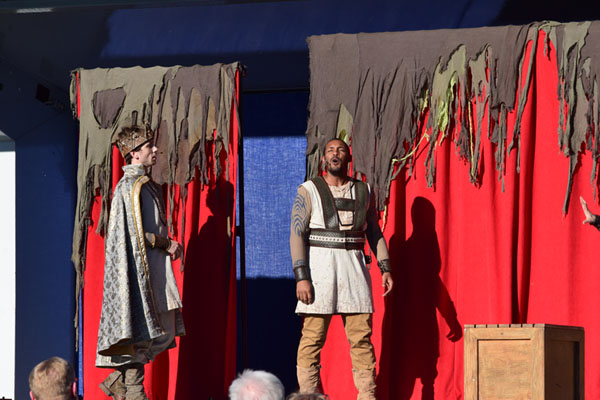
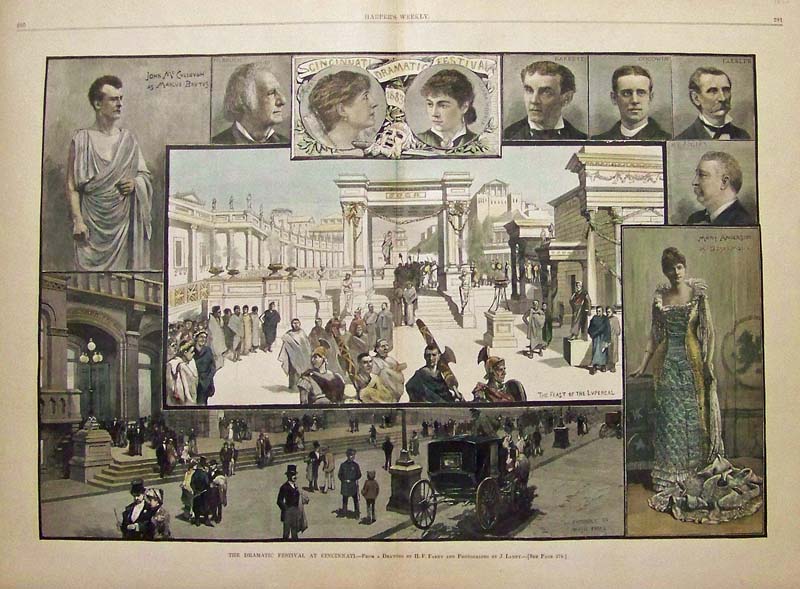
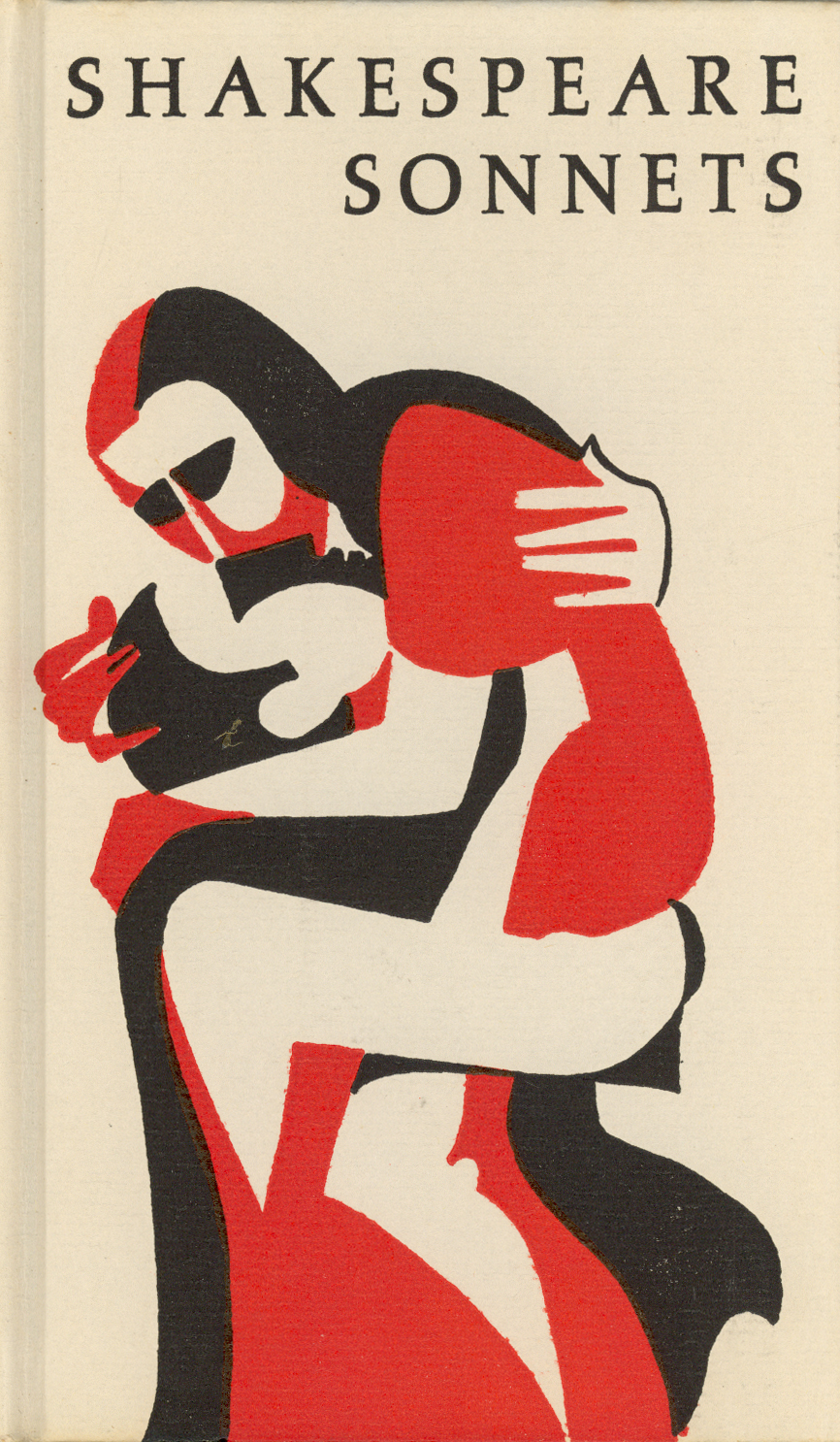 Happy National Poetry Month! In 1996, the Academy of American Poet designated April as the month to officially celebrate poetry. Here at ARB, we celebrate poetry all year round, but figured we would take this opportunity to talk some about Shakespearean sonnets.
Happy National Poetry Month! In 1996, the Academy of American Poet designated April as the month to officially celebrate poetry. Here at ARB, we celebrate poetry all year round, but figured we would take this opportunity to talk some about Shakespearean sonnets. 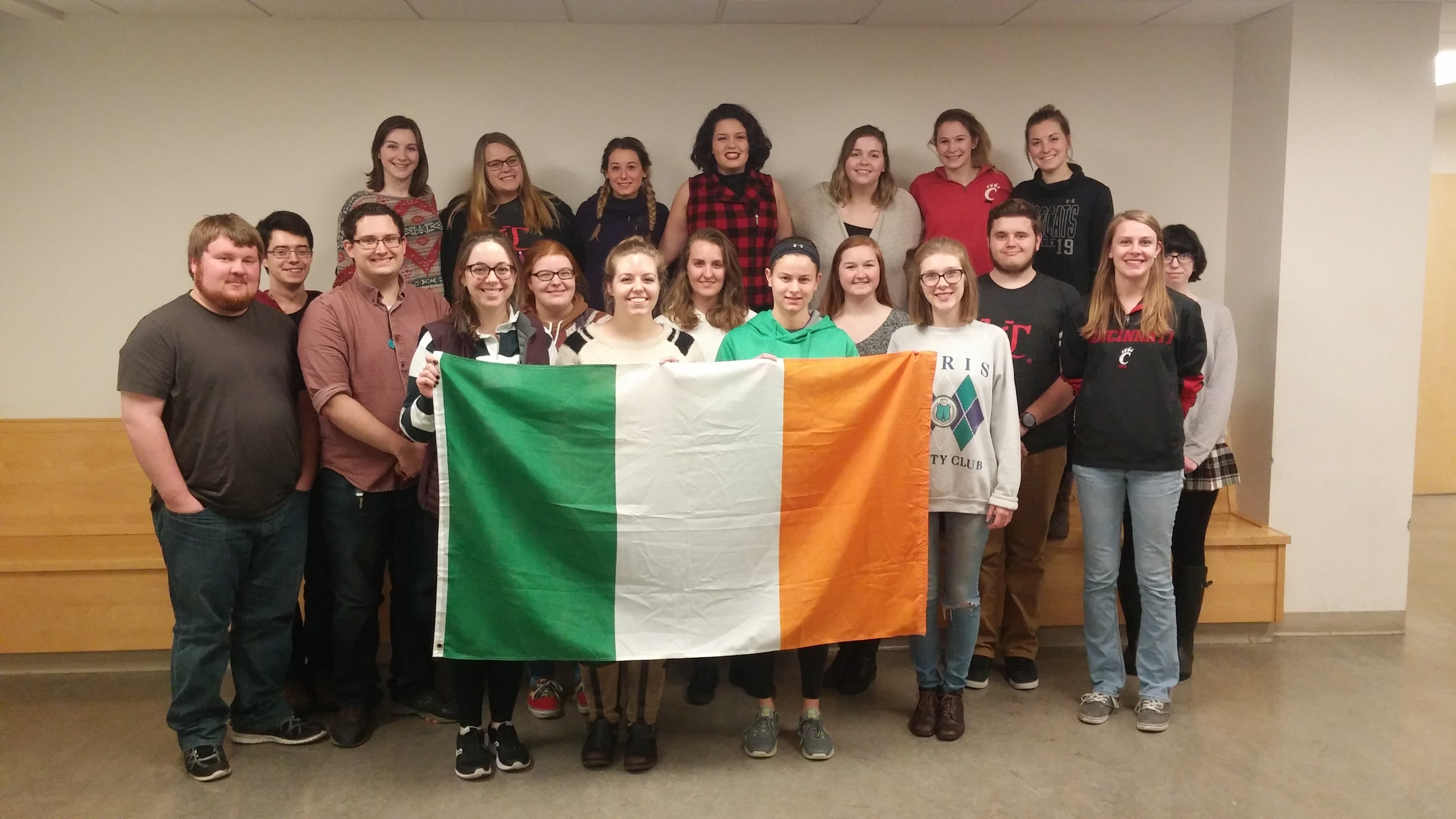 It’s that time of year again. Winter is *hopefully* leaving and making room for spring. March brings a lot to look forward to, especially for the Irish-American community. Every year since 1991, the president has declared March to be National Irish Heritage Month. But what does Irish heritage mean? One University Honors class is on a mission to find the answer to that question. It turns out that “to be Irish” means a lot more than having red hair, drinking beer, and being one with a short temper. Led by professor Kevin Grace, along with Debbie Brawn of University Honors, 20 students will travel to Ireland over spring break to get an in-depth look at the country from where so many Americans emigrated. The weeks leading up to the study tour were filled with readings of Irish-American literature, such as Angela’s Ashes and Irish America: Coming Into Clover, as well as the viewing of films and many discussions about what Irish heritage means.
It’s that time of year again. Winter is *hopefully* leaving and making room for spring. March brings a lot to look forward to, especially for the Irish-American community. Every year since 1991, the president has declared March to be National Irish Heritage Month. But what does Irish heritage mean? One University Honors class is on a mission to find the answer to that question. It turns out that “to be Irish” means a lot more than having red hair, drinking beer, and being one with a short temper. Led by professor Kevin Grace, along with Debbie Brawn of University Honors, 20 students will travel to Ireland over spring break to get an in-depth look at the country from where so many Americans emigrated. The weeks leading up to the study tour were filled with readings of Irish-American literature, such as Angela’s Ashes and Irish America: Coming Into Clover, as well as the viewing of films and many discussions about what Irish heritage means. 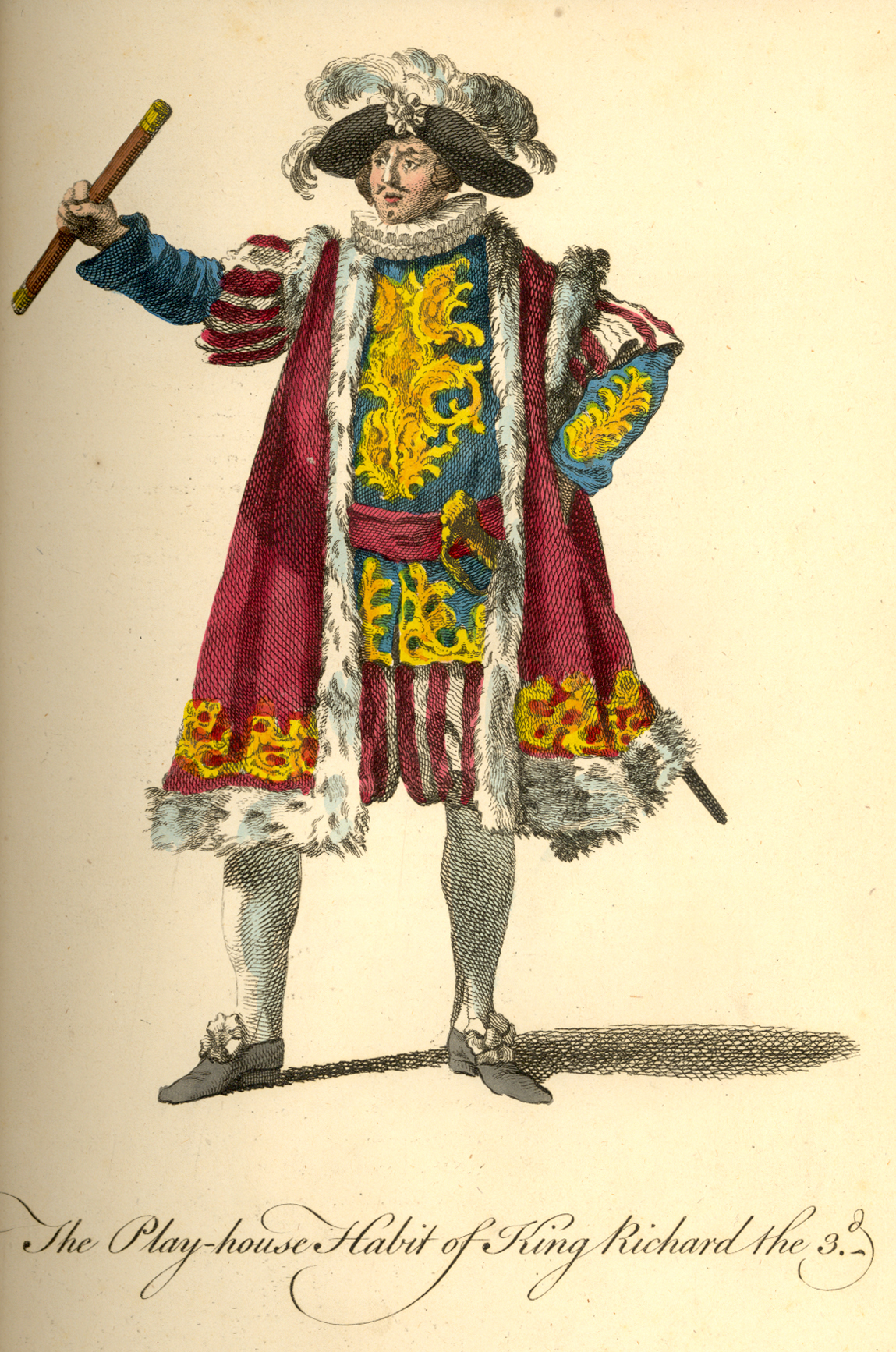 For those faithful followers who have not been keeping up with local theater, the Cincinnati Shakespeare Company’s next production will be Richard III, running February 17th through March 11th. Their website (
For those faithful followers who have not been keeping up with local theater, the Cincinnati Shakespeare Company’s next production will be Richard III, running February 17th through March 11th. Their website (